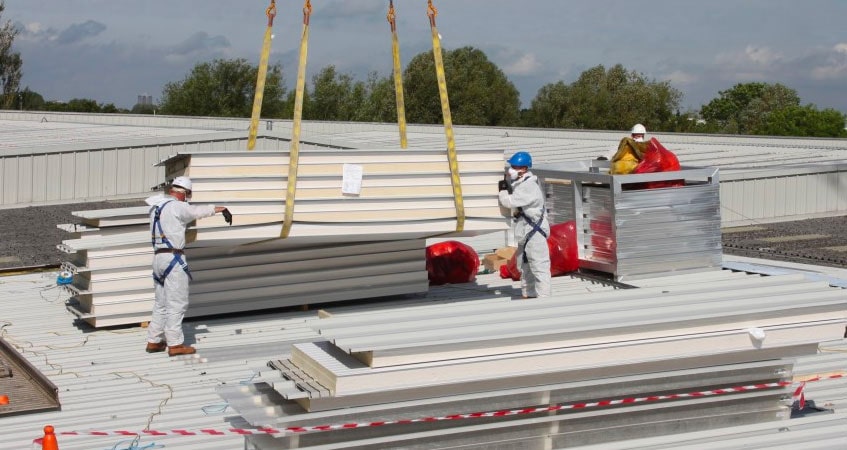Need Help?
Let our team of experts help you.What is Land Remediation Tax Relief?
Land Remediation Relief (LRR) was first introduced to the UK in 2001 and amended in 2009. It is one of the most generous tax reliefs available for property investors and developers.
Land remediation is when land is restored to its natural state after discovering contamination in the soil or water. Any money spent on cleaning brownfield sites and buildings can be claimed through LRR, with a tax deduction of up to 150% available.
Who can Claim Land Remediation Relief?
Commercial property owners, investors, and developers subject to Corporation Tax can claim tax relief for the decontamination of land and buildings. However, the land must have been purchased from a third party and been contaminated before the company bought it.
Capital Spend – These are costs by a landlord or an occupier investing in improving their property. Companies can receive up to 150% relief under capital spend.
Revenue Spend – these are costs incurred by property developers or dealers. These companies can receive up to 50% relief.
Loss-making companies can claim a tax credit (cash in hand), and this can be up to 24%.
Costs incurred during the remediation of contaminated land, asbestos removal from buildings, breaking-out buried structures, and treating harmful organisms and natural contaminants such as Japanese Knotweed, Radon, and Arsenic can all qualify for LRR.
Common examples of qualifying contamination and measures to remove or mitigate the risks include:
- Asbestos, e.g. roofing panels – complete removal or capping / encapsulating qualifies
- Sulphate contamination in soil and concrete
- Hydrocarbon contamination, e.g. fuels, oils etc. or dealing with disused tanks
- Any pollution from previous industrial activity, e.g. heavy metal contaminants from industrial processes
- Ground/landfill gases – any protection measures, e.g. membranes/ventilation systems required in buildings or foundations
- Japanese Knotweed
- Radon protection measures
- Arsenic
- Removal of redundant utility services and concrete foundations on sites or part of sites derelict since April 1998
Qualifying costs include those spent on preventing, minimising, remedying or mitigating any harm from the site or the pollution of controlled waters. They also include restoring the land or polluted waters to their former state.
Developments, regeneration projects, fit-outs and refurbishments can all incur qualifying costs
For your land to qualify for LRR, these conditions must apply,
- The land must be in the UK.
- The land must have been bought for trading or property rental business purposes.
- The land must be partially or entirely contaminated at the time of acquisition.
- The company/person claiming must not be directly or indirectly liable for the contamination.
Retrospective claims must be claimed within 3-years.

